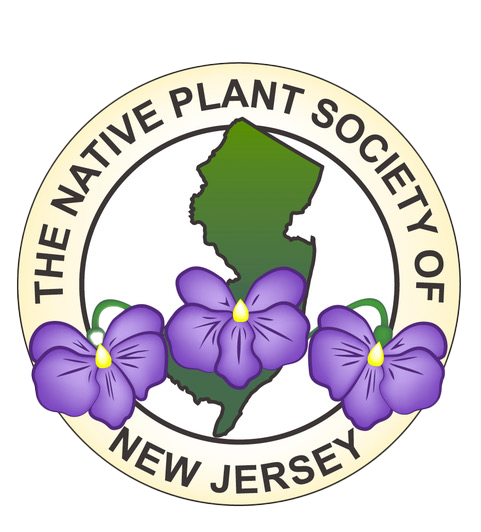WHY do we need a definition because we nationally need to “pull together” and one accepted definition would allow us to do that smoothly? Let’s begin by calling them weeds. Everyone has a definition for a weed similar to a plant out of place. With this definition we call a dandelion in your front yard, a weed. Beyond this simplistic definition most States have defined noxious weed lists.
A noxious weed is one that has been determined by the State to be detrimental to agriculture, your health, or the environment. If your State has purple loosestrife on their list that means the State would fine you if you do not remove it.
An invasive plant species is certainly a weed, not only out of place, but also out of its country or region of origin. It is an introduced plant species that is aggressive. The Norway maple in your yard would fit this definition. It might or might not be on your State’s noxious weed list. Kudzu, knapweed, star thistle, and mile-a-minute vine fit also. The definition used by the Executive Order 13112 is “an alien species who introduction does or is likely to cause economic or environmental harm or harm to human health.”
No sweat, you say! Then legally I do not have to do anything about an invasive plant species. Wrong! Any State Department of Transportation who used federal funding, must avoid the planting of “known invasives” (State noxious weeds) or lose funding. Also each DOT must include an analysis of invasive species and future management on any new project during the NEPA process. If you care about the future value of your neighborhood your local nature preserve or park, wildlife habitat, biodiversity or any other environmental or esthetic characteristic that adds up to your quality of life, you also care about invasive species.
The impacts of invasive species, plants and animals alike, which leave their competition behind in their place of origin, tend to out-compete native plants where lands have been disturbed. When they displace native plants and animals they lower diversity, reduce hunting and fishing potential, change the aesthetics of a habitat, lower the value of recreational and agricultural property, crowd out endangered species, replace forage value, diminish wild rice crops/ forest crops, and on it goes.
Plants known as undesirable, exotic, alien, weed, pest, opportunist, biological wildfire, nonnative, nonindigenous, and biological pollution, are terms used over the years. We now call them invasive plant species. They are introduced from another country or region of our own country, leaving behind their competition and displacing vegetation know to exist before European settlement. The Australian native tree, Melaleuca has become a pest plant in Florida. The United States native tree, Black locust has become an invasive in Germany. There are many such examples. Black locust has become a weed in regions of the U.S. to which it is not native (the southeast Appalachians region is its origin). Improved global mobility in general increases the risk of unwanted plants.
Purple Loosestrife, an invasive species found in most, if not all, 50 states could easily be the poster child for the invasive plant species. It represents them well in terms of costly impacts, spread strategies, and life history that allow it and other invasives to cause economic and ecological impacts across the nation. An example of spread that is repeated over and over across the country is at the Montezuma refuge in New York. In 1965, an impoundment was created. This disturbance aided the introduction of purple loostrife. By 1968, less than 5% of the biomass of emergent-aquatic vegetation was purple loosestrife. Ten years later, 90% of the desirable aquatics were displaced by purple loosestrife. Much was learned about the impacts of this invasive plant on wildlife habitat as a consequence.
Reprinted from Greener Roadsides, Volume 8 No. 4, fall 2000.
For more information, contact Bonnie Harper-Lore, Federal Highway Administration, Office of Natural Environment, HEPN-30, Room 3240, 400 Seventh Street S.W. Washington, D.C. 20590, (651) 291-6104, fax (651) 291-6000, e-mail: .
Last edited April 17, 2002
